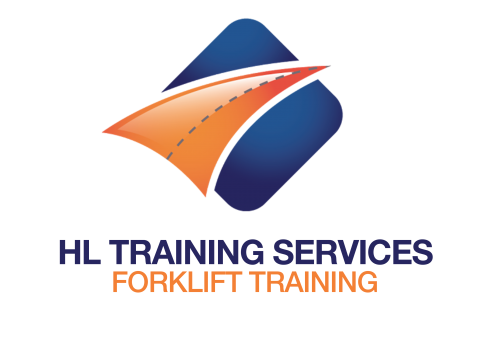In the dynamic world of forklift operation, safety is paramount. Understanding who can and can’t operate a forklift and the challenges each individual may face is vital to ensuring the smooth running of a business. This blog looks at the guidelines surrounding forklift operation for these individuals and how we
It can be difficult to decide on which forklift training course to take. You may be inclined to choose the cheapest and shortest course since it will not only save you money but also time. However, by cutting corners, forklift operators may not be trained to a high standard and
Forklifts are the workhorses of warehouses and many other industrial and commercial settings. And batteries are the life force behind forklifts. Therefore, forklift batteries are a fundamental aspect of your operations. Ensuring your batteries work effectively is crucial to optimal performance. Here’s how to maximise your battery’s performance and longevity.
Forklifts are an indispensable tool in various industries, serving a critical role in material handling and logistics. These powerful machines make the movement of heavy loads easier and more efficient. However, to understand the safe operation and transport of forklifts, it’s crucial to grasp just how heavy these machines can
Are you a forklift operator exploring your next career step? Or a business owner assessing the merits of in-house forklift training? At HL Training, we’re here to guide you through becoming a certified forklift instructor. In this guide, we’ll explore the role of a forklift instructor and why it might
In the fast-paced world of logistics and transportation, the need for efficient and safe material handling solutions is paramount. HIAB trucks have emerged as a reliable and versatile option for various industries, enabling seamless loading and unloading operations. In this blog post, we will delve into the world of lorry-mounted
In today’s fast-paced industrial landscape, the efficient movement of goods and materials is paramount. This is where forklifts, the workhorses of the material handling industry, come into play. With their remarkable lifting capabilities and manoeuvrability, forklifts have become indispensable assets in warehouses, construction sites, and various other settings. However, not
A forklift is a massively helpful piece of equipment to have on-site. These motor-driven industrial vehicles have a forked platform to lift and lower cargo appropriately and are designed to move and carry heavy loads over short distances. They work by maintaining a centre of gravity while transporting heavy cargo,
Do you need a forklift license? We see this question a lot, and the simple answer is no. You do not need a license to use a forklift. Not only do you not need one, but you couldn’t get one if you wanted one. Forklift Licenses technically don’t exist. However,
As you are all well aware, the postal strikes means there is disrupted postage over the festive period. We rely heavily on Royal Mail to deliver our certificates in a timely manner, and unfortunately some of your may have experienced delays due to the lastest strike action. TODAY is the
Training Centre OPEN as Normal (dependant on requirements) – 19th Dec – 22nd Dec Training Centre CLOSED – 23rd Dec to 2nd January Training Centre OPEN as Normal – 3rd Jan 2022 To contact the team over this period please see below; Email [email protected] to speak to the team Call
Due to the ongoing strikes in place, we are asking all customers to please expect delays in delivered of any training certficates over the next couple of months. The strike dates are scheduled as below; 13th October, 20th October, 25th October, and 28th November In addition, there have also been

HL Training Services is a trading name of Sheephouse Ltd.
Company no 4095134
The company is registered in England.
Directors: V J Hueston, J B Hueston & S A Richardson
Forklift Training Centre
HL Training Services,
4A Barton Hill Trading Estate
Herapath Street
Barton Hill
Bristol
BS5 9RD
© 2025 All Rights Reserved.